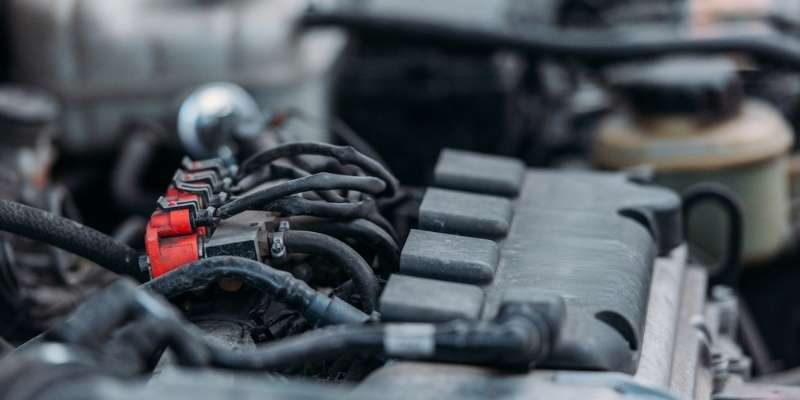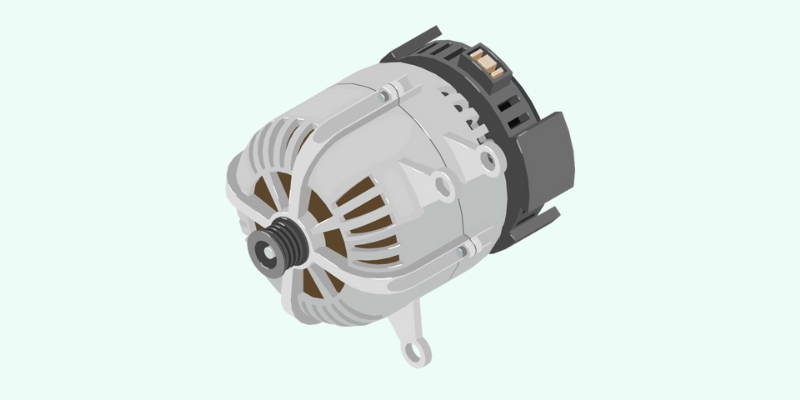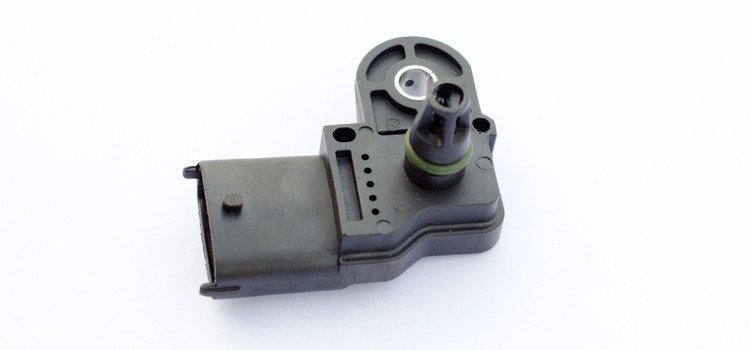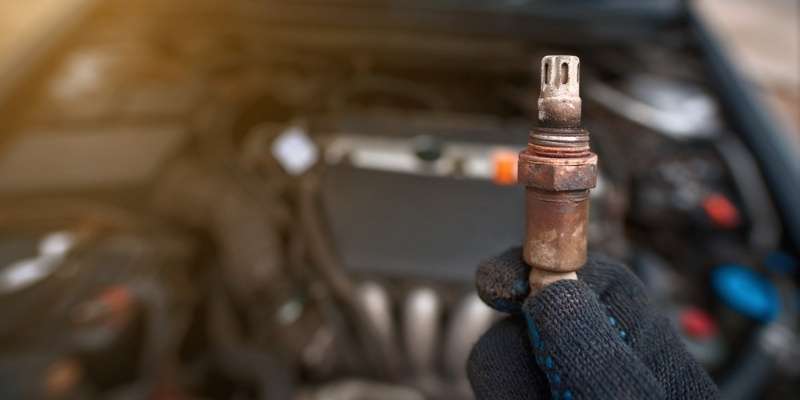A car’s internal combustion engine houses different fluids needed for the engine to function properly.
However, these fluids must remain in their compartment to perform. Which means they are not supposed to spill out or mix with themselves. This is where a head gasket comes in.
The head gasket is placed between the engine blocks and cylinder heads; it’s a seal that helps prevent different fluids from mixing.
However, the head gasket may fail for several reasons and give car owners different issues.
For this reason, you must repair or replace it on time, so your vehicle can function well and avoid further damage.
Head gasket repair costs will vary depending on your vehicle model. But before talking about repairing a head gasket, you should know when the head gasket is faulty and what causes the faults.
Symptoms of Head Gasket Failure
If you notice any of the following, your head gasket might be failing.
White smoke from the exhaust
A functional head gasket will usually prevent oil or coolant from entering the combustion chamber.
If, however, the head gasket is faulty, it will no longer be able to seal oil and coolant passages.
Hence, either fluid may seep into the engine combustion chamber and burn with fuel.
As this fluid burns with fuel, your car will start emitting white smoke from your tailpipe.
While a blown head gasket might not be the only reason your car emits white exhaust smoke, it’s mainly a culprit.
Contaminated spark plugs
A dirty spark plug may also point to a bad head gasket. How?
The spark plugs help ignite the air-fuel mixture in the engine’s combustion chamber to start your car. But then, this plug is supposed to be exposed to only fuel and air.
If the head gasket is bad and allows coolant or oil into the combustion chamber, these fluids will contaminate the plugs.
Hence, causing the plugs to foul out. A fouled spark plug will also cause the engine to misfire and let your car run roughly.
Coolant leaks
A failing head gasket will let coolant escape from the engine’s passages. This coolant may, however, find its way to your engine or even under your car.
So whenever you see coolant under your vehicle as you park or drive, you may be having head gasket issues.
A leaking coolant will drop the coolant level. This will eventually lead to engine overheating since the engine will no longer have enough coolant to keep the engine cool.
Bubbles in the coolant reservoir or radiator
Bubbles in the radiator or coolant reservoir are another tell-tale sign of a faulty head gasket.
Generally, the cooling system should never have air in it.
A blown head gasket will, however, allow air into this system. And as the air travels down the cooling system, you will see bubbles in the radiator or coolant tank.
Milky, frothy oil
The engine oil and coolant are important fluids needed for optimal vehicle performance. While coolant helps keep the engine cool, the engine oil helps lubricate the engine parts.
They, however, are supposed to operate from their different compartments and never mix.
However, if the head gasket is failing, it will allow oil and coolant flowing through your engine to mix.
This will invariably result in a milky-colored oil. Try checking your oil dipstick; if you notice milky, frothy oil, you likely may need a new gasket.
Poor engine performance
A leaky head gasket will cause the compression in the cylinder to drop. Lower compression will eventually result in poor engine performance and even engine knocking.
Should you notice your vehicle suddenly performing sluggish, try visiting an auto repair shop and have your head gasket checked.
Head gasket repair cost
A blown head gasket repair estimate can be anywhere between $30-$2000. How much you spend, however, depends on the extent of the head gasket damage.
If you are dealing with a head gasket leak, a head gasket sealer might come in handy, though a temporary fix.
You can get a top-brand head gasket sealer for around $20; you shouldn’t spend more than this if you’re sealing the gasket yourself.
All you need to do is pour the sealant into the radiator.
However, if you have a severely damaged gasket, a permanent solution will be a head gasket replacement.
Head gasket replacement costs around $100-$2000, depending on your car.
Typically, a new head gasket is not expensive, and you could get some for less than $100, on average, $100-$200, depending on your car model.
However, it is a labor-intensive job and must be left in the hands of qualified mechanics.
So most of the estimated cost goes into labor, usually around $900-$1500. The reason is the head gasket is located in a non-accessible place in the engine compartment.
For this reason, mechanics will have to disassemble the whole engine to get to the gasket.
So a mechanic may spend hours doing this repair. Hence, many vehicle owners with severely damaged head gaskets resort to selling their cars instead of going on with such repairs.
The amount to replace a new gasket can equally get some car owners another car.
Additional Costs to Keep in Mind
If you have driven with a faulty gasket for a long, there are some repairs you must do along with gasket repairs or replacement. Check the coolant system and radiator.
These components stand a higher risk of damage if you’ve driven for a long with a blown head gasket.
You may also need to pay for coolant and oil replacement along with head gasket repairs.
The damaged gasket may have contaminated fluids. While not compulsory, experts recommend it.
Lastly, you may need additional items like new spark plugs, oil filters, and coolant system hoses, especially if you haven’t kept up with routine maintenance for them.
So aside from head gasket cost, you may be paying extras for those components.
Why do head gaskets go bad
A Head gasket can fail for a couple of reasons. Constant exposure to heat and pressure can cause the head gasket to fail after some time.
Engine overheating can also cause the head gasket to fail; this is because head gaskets are also not meant to withstand extreme temperatures, especially those made of graphite and asbestos.
Too much exposure to extreme pressure can also cause your head gasket to fail.
If you purchased aftermarket parts that increased pressure in the cylinders, your head gasket might fail!
FAQs
Is it worth replacing a blown head gasket?
How long do head gaskets last?
Can you still drive with a blown head gasket?
Why is head gasket replacement so expensive?
Can I replace a head gasket myself?
Final Thoughts
Every car needs a functional head gasket for optimal performance.
Driving with a failing head gasket will cause other problems like oil leaks, emission of white exhaust gases, weak engine performance, and other problems.
While your car will continue to run with a minor gasket leak, it will become apparent when it’s finally blown.
So it will be best to stop driving your car if you notice your head gasket is failing. And have your car taken to a certified mechanic for check and repair immediately.










